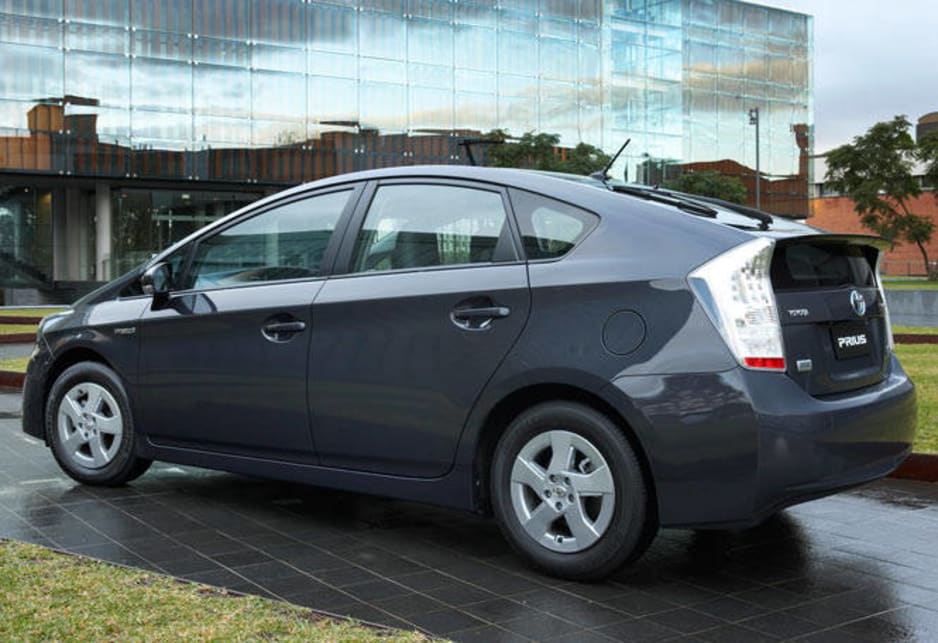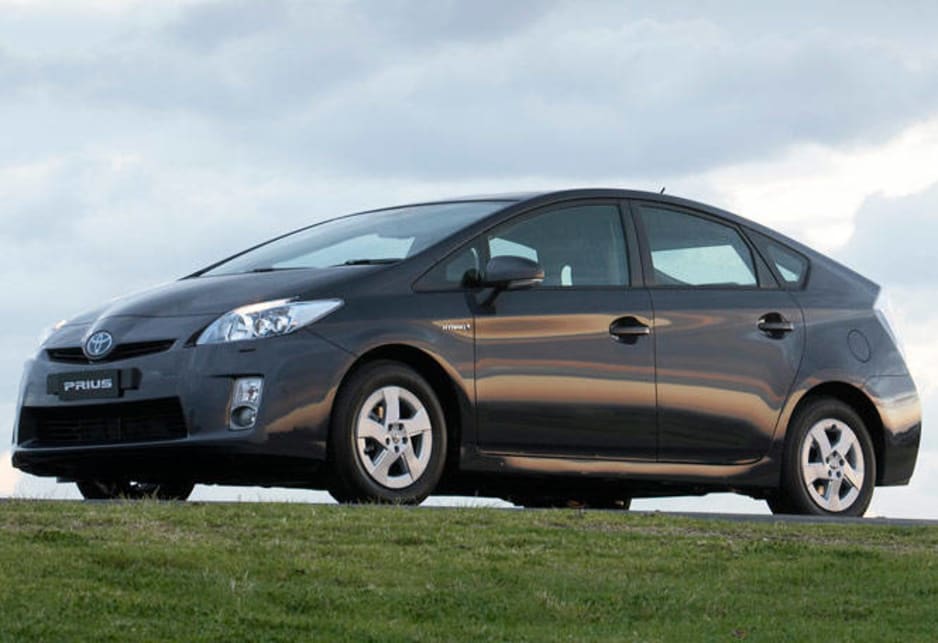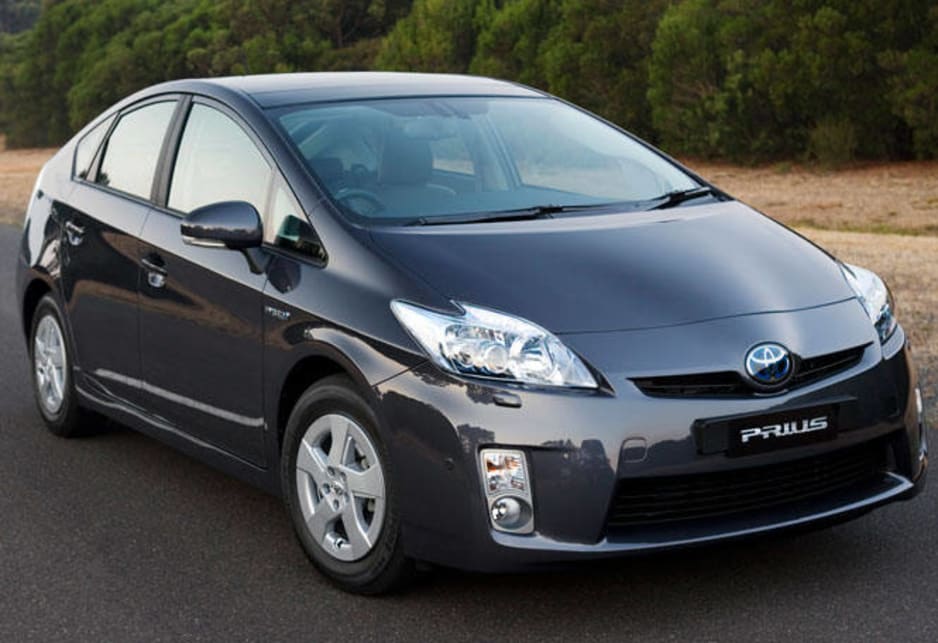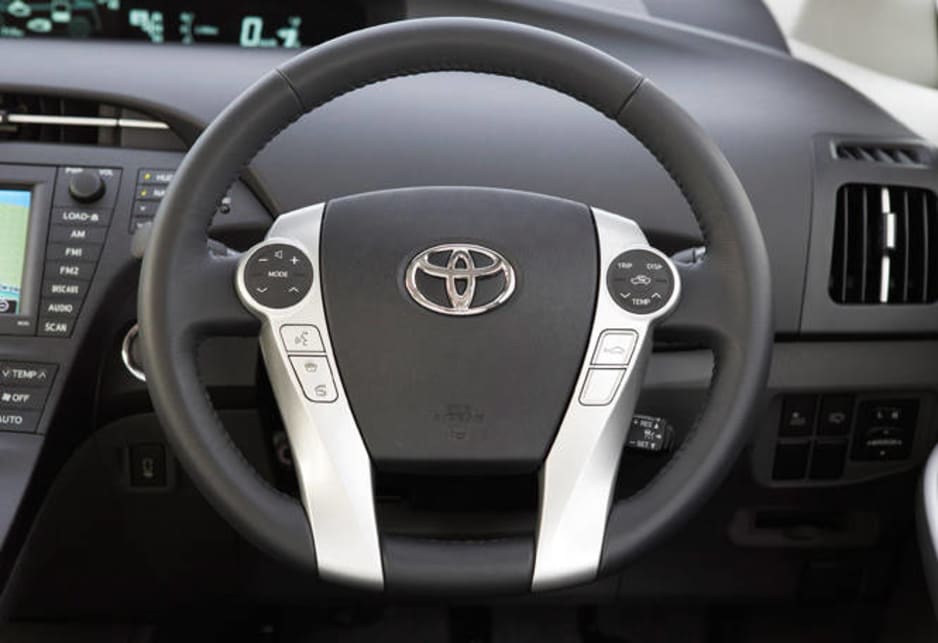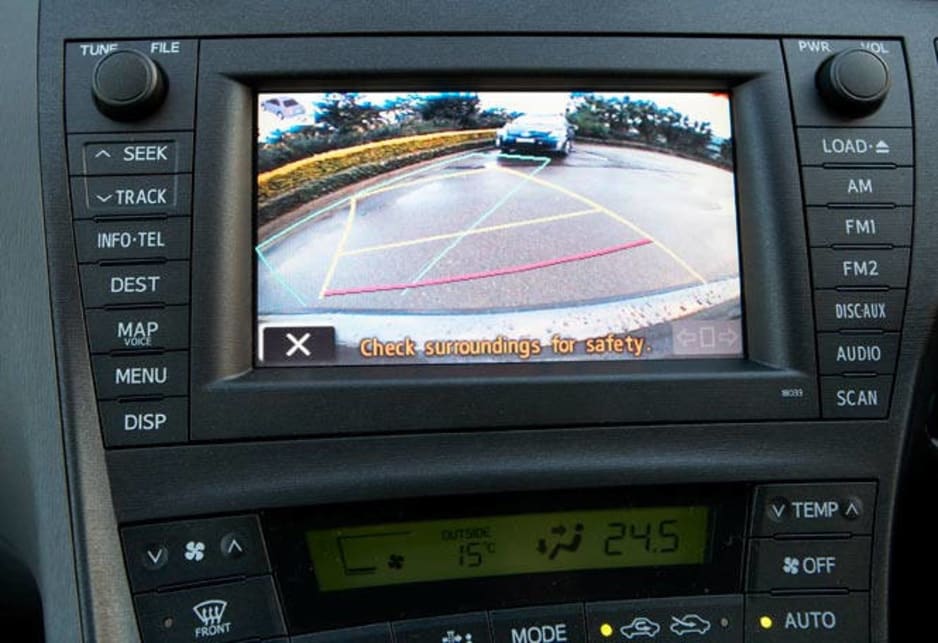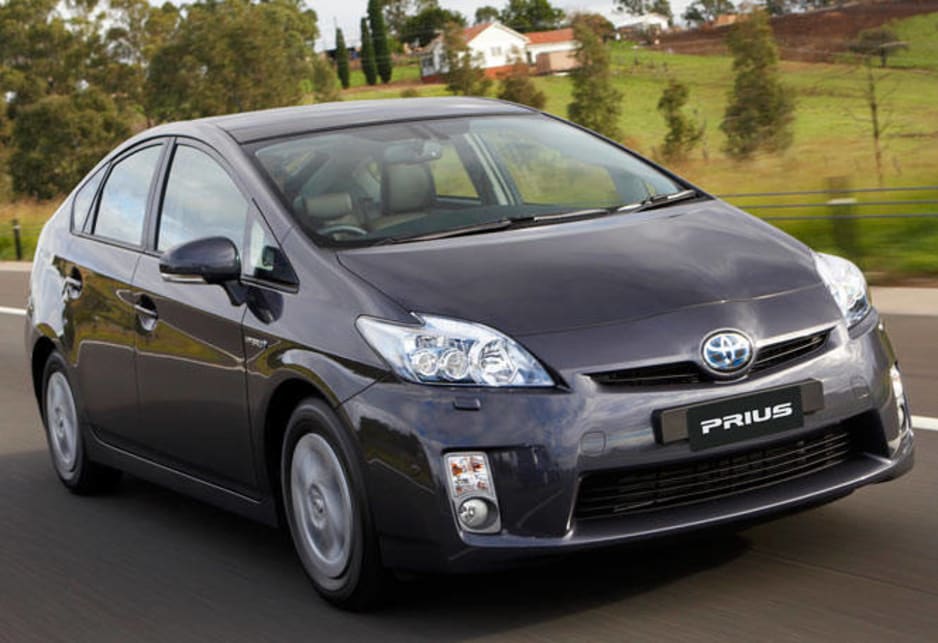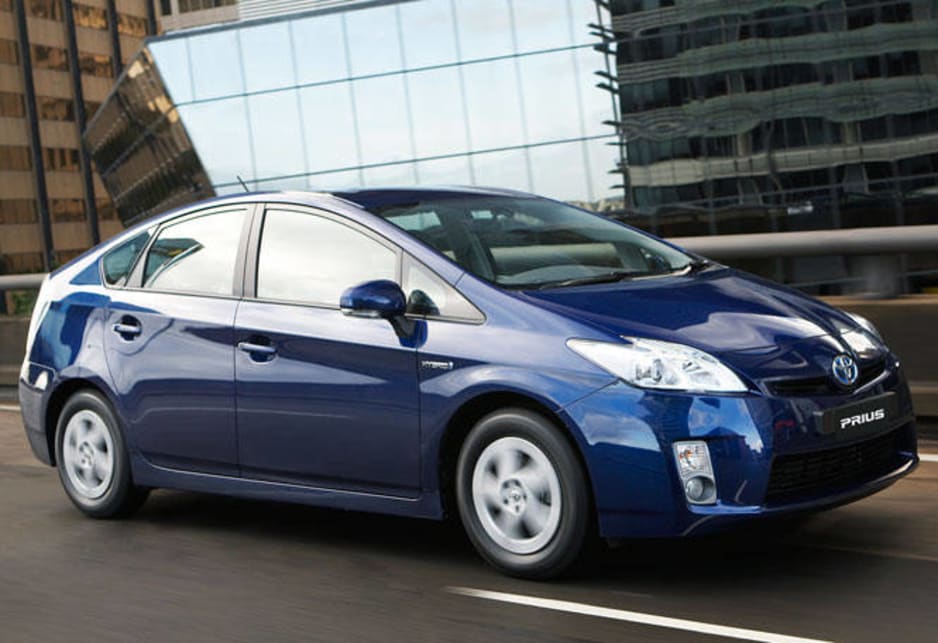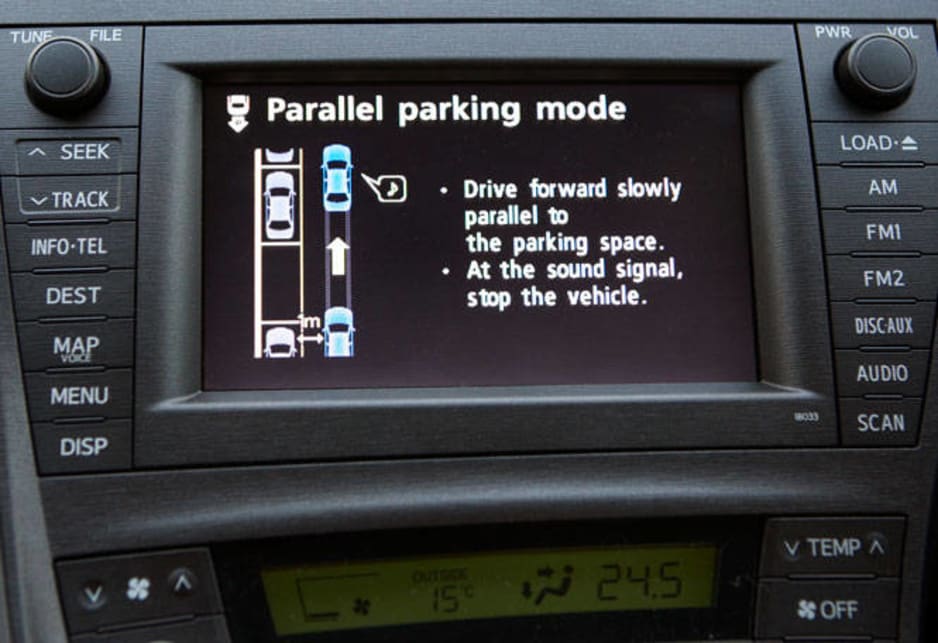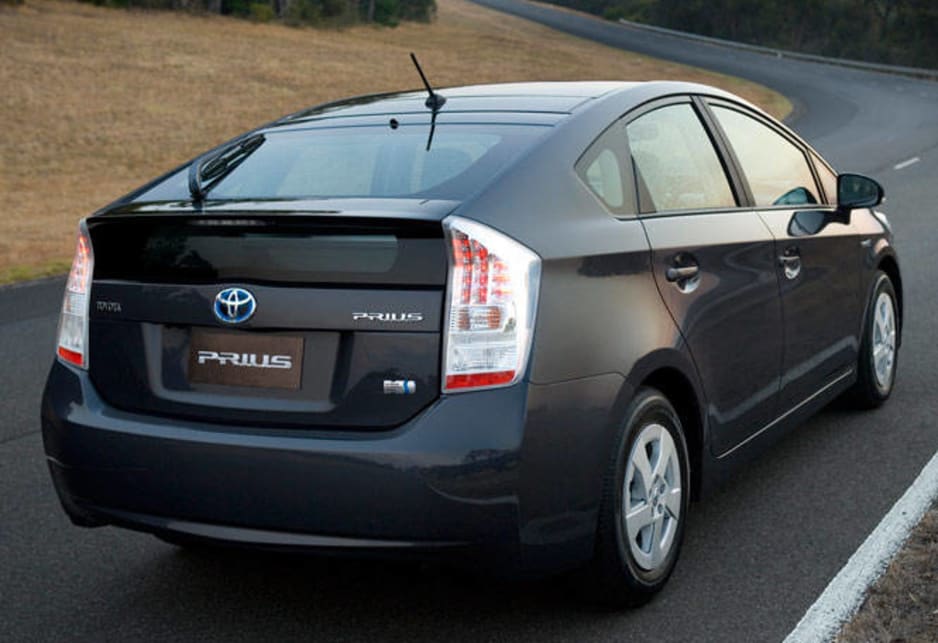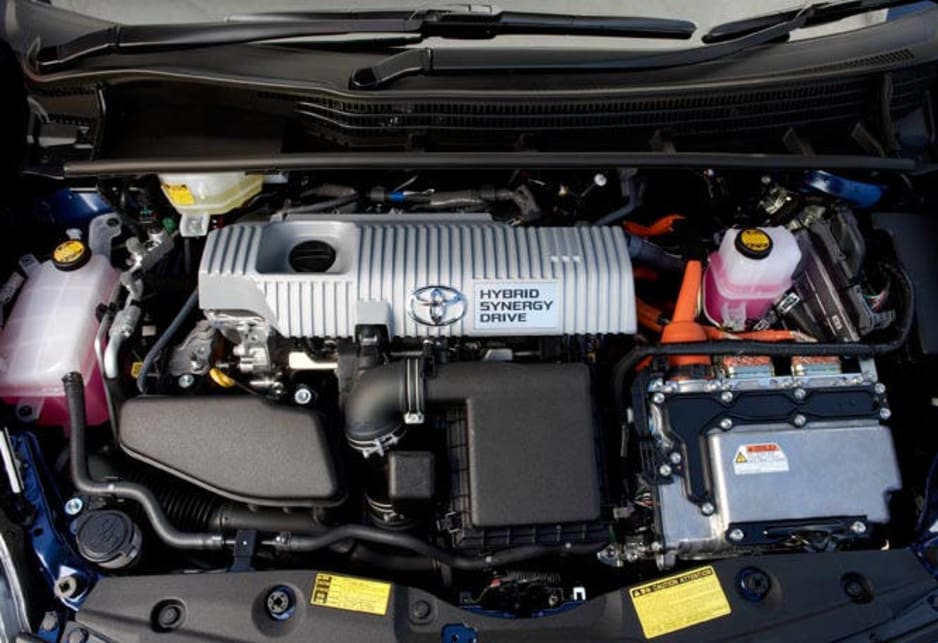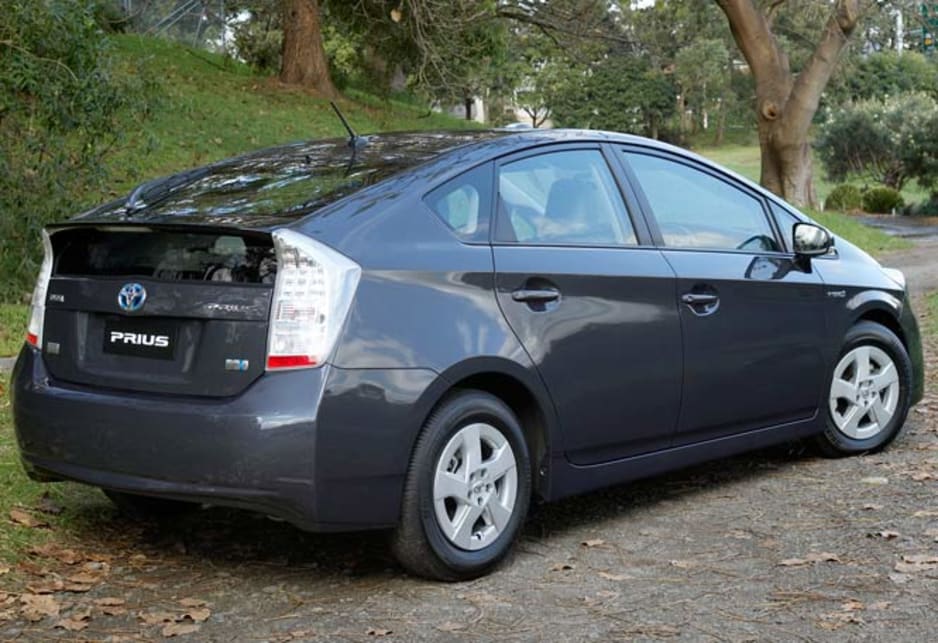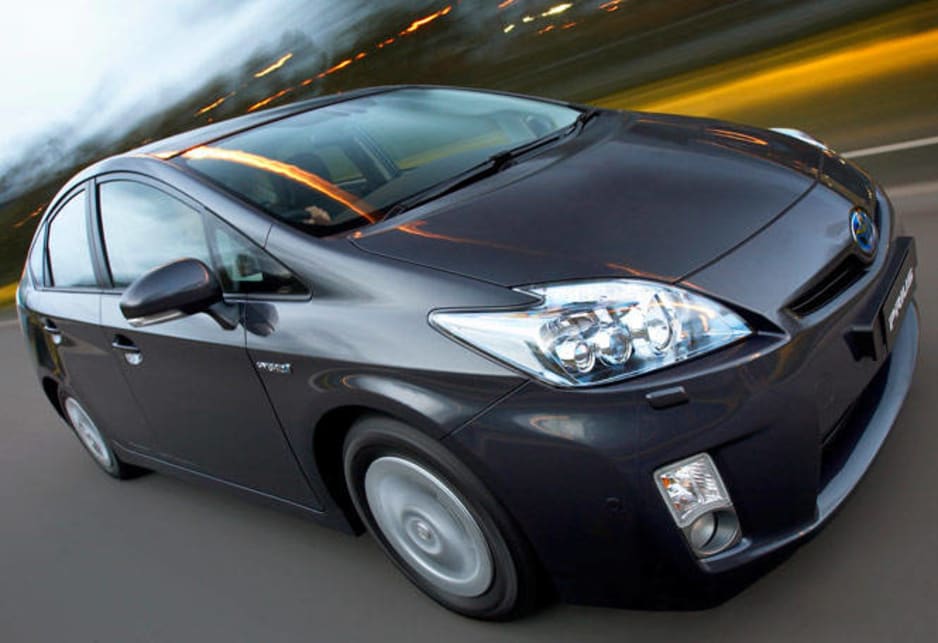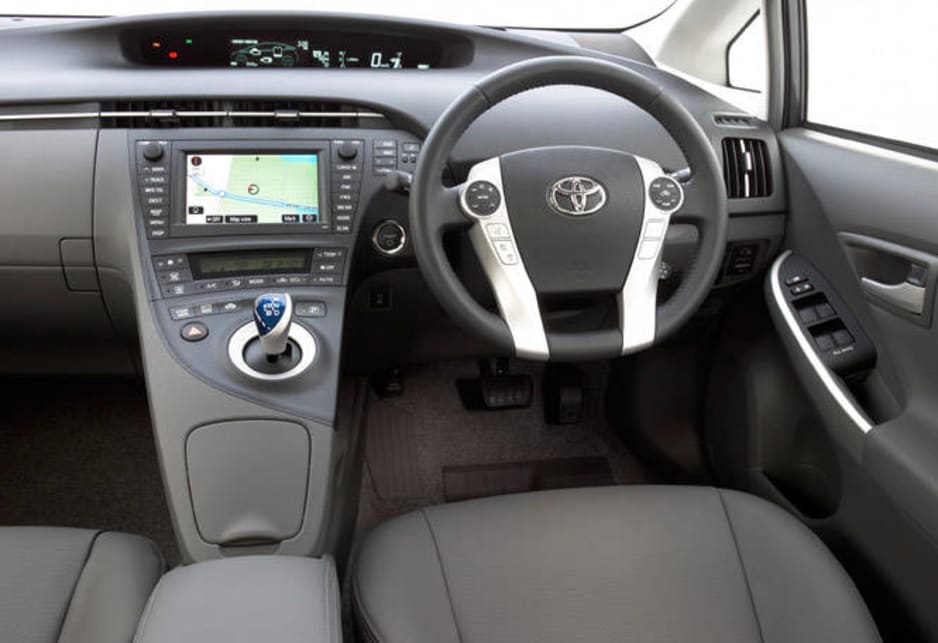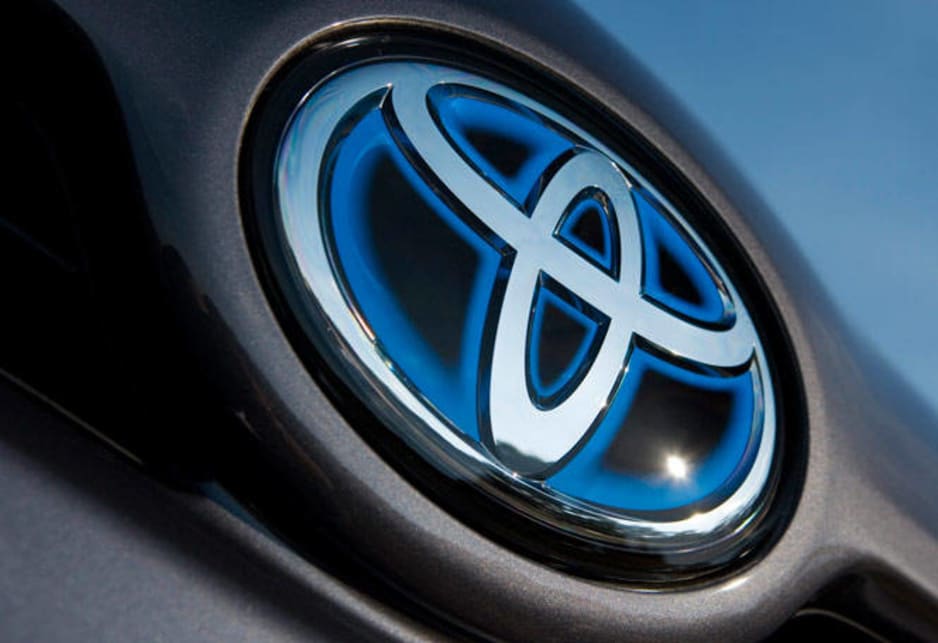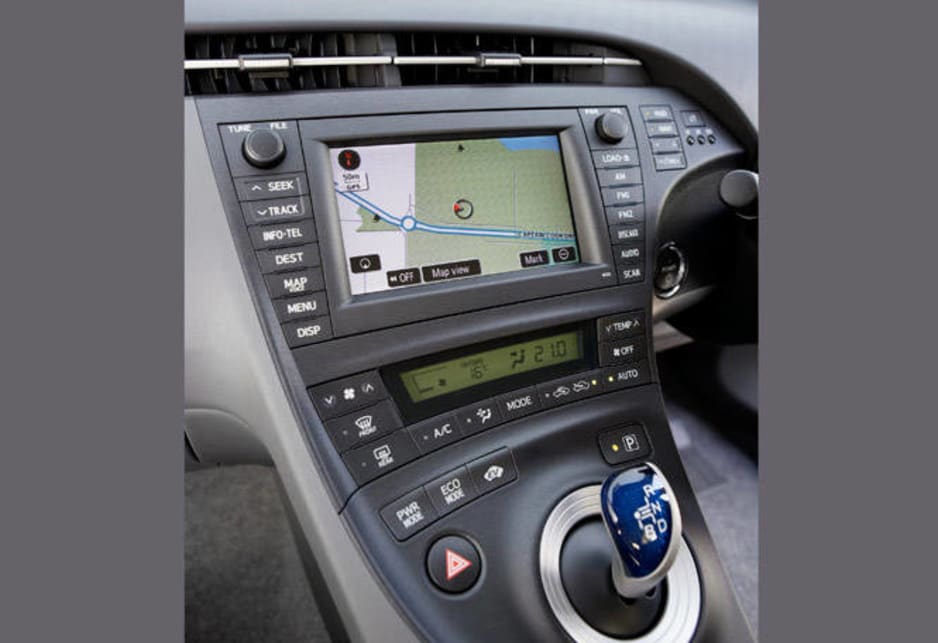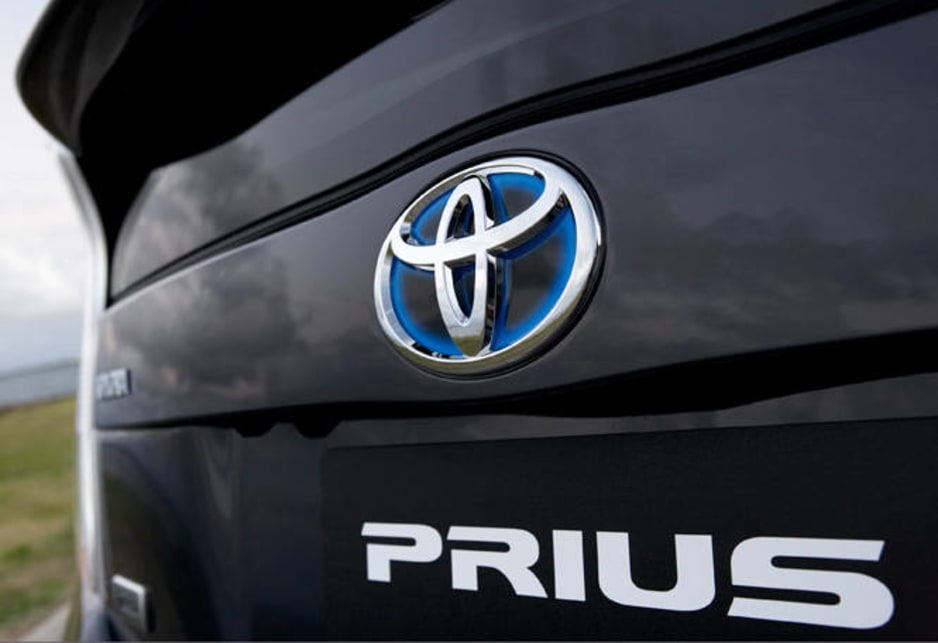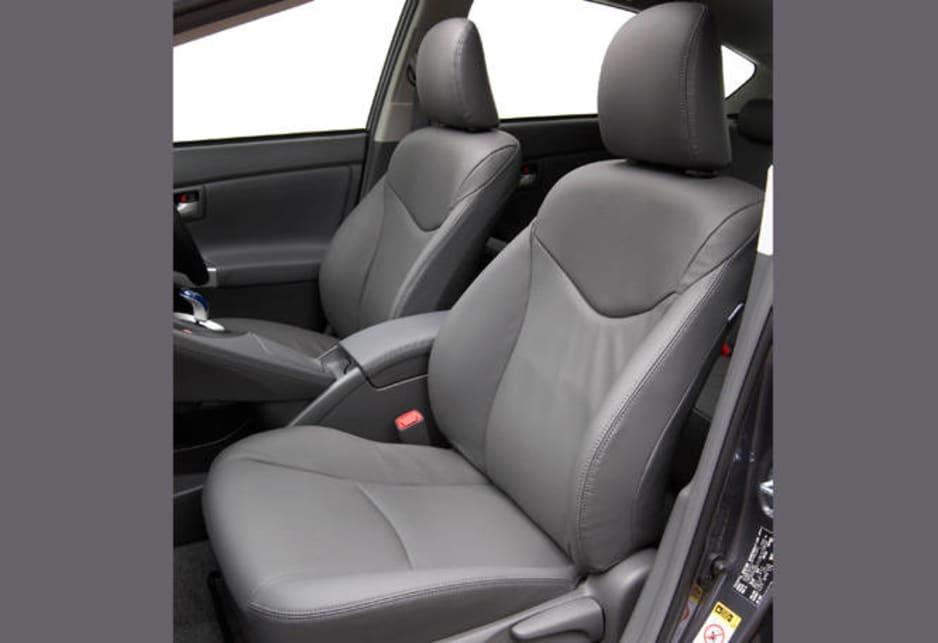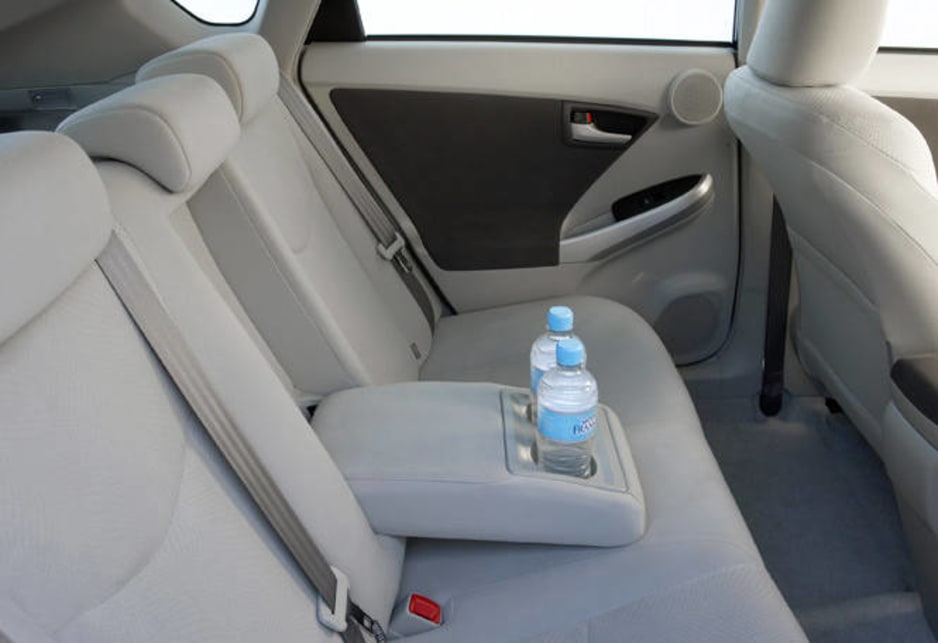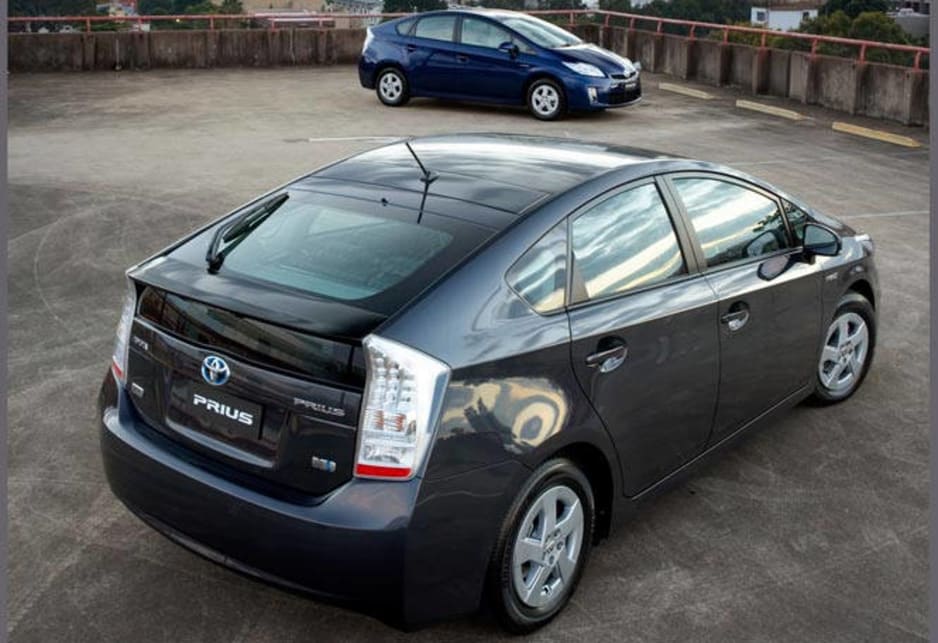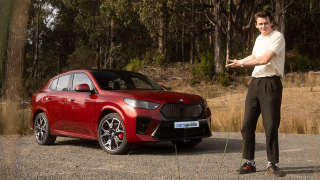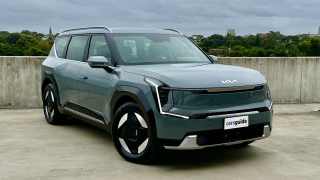
Toyota Prius 2010 Review
- Toyota Prius
- Toyota Prius 2010
- Toyota Prius Reviews
- Toyota Reviews
- Toyota Hatchback Range
- Hatchback
- Toyota
- EV
Prince Charles drives a Toyota Prius.
Patronage by Britain's green prince tells you everything about where Toyota's eco-warrior has been, but nothing about where it is going.
Prius III, which hits Australian showrooms next week, has advanced from a social and science experiment into a real car for real people.
Hollywood celebrities will still drive one to prove they care, and Charles Windsor is almost certain to upgrade, but the world's largest carmaker plans to convert more than 300,000 ordinary owners from more than twice as many countries as the old model was sold.
The biggest change to the Prius is well hidden and shows important new thinking - it is effectively twinned with the Corolla and RAV4.
Sharing platform parts with the compact super sellers has cut costs for the Prius, but also made it into a real car with a no-excuses driving experience.
Pricing
The price for Prius III has risen a little, starting at $39,900 and topping at $53,500, but value is better with the basic car even picking up a heads-up instrument display, keyless entry and start and seven airbags. The top-line i-Tech model is really loaded, with everything from a solar-powered ventilation system - to reduce cabin temperatures when the car is parked - to an automatic parking system, pre-crash safety package, dynamic cruise control and LED headlamps.
Drivetrain
The real work has gone into the basics, as the petrol engine has grown to 1.8-litres, the hybrid system is 90 per cent new - and smaller with dozens of fresh patents - and total power is up by 100 kiloWatts while fuel economy is officially 3.9L/100km with CO2 emissions of 89grams/kilometre.
"Our philosophy is that we can take a complex project and achieve a simple, elegant solution. The essence of this is that nothing is difficult; there are just people who make things difficult," says the chief engineer of the Prius, Akihiko Otsuka.
He is in Sydney for the Australian press preview and happy to talk about everything from the 1000 engineers who worked on the car to the need to focus on a better driving experience.
"Customers told us they wanted more performance. We also improved fuel economy by reviewing the entire vehicle design, especially the aerodynamic characteristics."
In the engine room it meant a complete lack of drive belts - and electric air-con, power steering and water pump - while drag was reduced to 0.25, a figure currently only matched by the new Mercedes E- Class coupe.
Weight has risen a little but changes include eco-plastics in some areas, a bigger boot, more space for three adults in the back seat and three driving modes, from electric to a genuine power setting.
Appearance and packaging
The design of the new Prius looks almost identical to the outgoing car, until you put them side-by-side. Then the new car looks more adventurous and trendy, not just around the re-shaped nose but even in the side profile where the highest point of the roof has been moved back to give more head space in the cabin.
Market and sales
The third-generation Prius will never be a big seller in Australia, just 4500 cars a year, but it has already ignited renewed interested in hybrids and triggered a lot of diesel-versus-hybrid comparisons by European brands which have put their green eggs into the turbodiesel basket.
Toyota touts the overall efficiency of its hybrid system, as well as the heavy fumes from 'evil diesel' cars, which produce more than 35 times as many oxides of nitrogen fumes. It predicts tighter European emission standards will quickly tip the balance away from diesel power in favour of hybrids and smaller petrol engines.
"Companies such as Honda, Mercedes-Benz, BMW, Ford and even Ferrari are embracing hybrid technology," says Otsuka, leaving out Porsche from the companies currently committed.
Prius III also points to Australia's first upcoming local hybrid, the Camry, which will adopt a similar Hybrid Synergy Drive system and undercut the hybrid flag bearer on price with more space. Toyota Australia believes the new Prius will win buyers from all sorts of other cars, and not just people who want to fly the green flag.
"They're concerned about society and the environment, yet they are interested in more than just fuel economy," says Toyota Australia's head of sales and marketing, Dave Buttner.
"Everything in their lives is a subtle statement about what they stand for. They'll shop at local markets and recycle everything, but they're not eco warriors. They have the latest gear, such as an iPhone and iQ, but they're not tech nerds."
The biggest test for Prius III will come when Honda launches its born- again Insight next year, with a price advantage that could be as much as $10,000. Toyota believes it will have the edge on size and with a more-sophisticated hybrid system, but says it is happy to have more companies pushing the hybrid drive.
Driving
Finally, the new Prius is a hybrid you can enjoy driving.
Prius III is still not a sports car, but it has genuinely compliant suspension, good cornering grip, and a power pack with real punch.
It's still hybrid super-quiet, and you can dribble around the parking lot in silent electric stealth mode, but put your foot down and the electrically-boosted 1.8-litre engine gives a surprising kick.
The hardest thing about driving the Prius briskly is overcoming the belief that you should always put economy first in a hybrid car.
Fuel efficiency is still one of the prime objectives, along with lower emissions, but the way the latest Prius goes is good enough to satisfy most regular drivers and it has the right size and cabin space for regular Australian families.
It is easy to dip below 6L/100km in everyday driving, even pushing along, and a Sydney commuter run this week in heavy traffic returned better than 4.5L/100km without doing anything special.
It takes a while to adjust to the controls, particularly the way to use the constantly-variable transmission, and the steering is never much better than wooden.
But it is rewarding to sit at the lights with a zero energy drain, and move away under electric power, just like the earlier Priuses.
The difference with this Prius is the way the engineering team has turned it from a real-world laboratory experiment into a worthwhile compact family car. It's not as sharp as a Mazda3 or Ford Focus, but feels as good to drive as a Honda Civic or Hyundai Elantra.
That could be faint praise, but it is praise for a car which is still focussed on everything from low-drag tyres to a slippery body and a powertrain that even uses electric air-con, power steering and water pump to cut any parasitic drag on the engine.
The first-generation Prius was an oddity, the second generation Prius was effective but unrewarding.
There is a lot to like about Prius III and very little to complain about. Some people think the car looks too much like the previous model, the steering column does not have enough adjustment, the press preview cars in Sydney this week had some mis-matched plastic in the cabin, and the vacuum fluorescent digital gauges look cheap with pixelated graphics which are sub-standard for the car and class.
But those are only little things in a Prius which is now one to recommend as a car, and not just a green statement machine.
$12,954 - $18,800
Based on 6 car listings in the last 6 months
$12,954 - $18,800
Based on 6 car listings in the last 6 months


